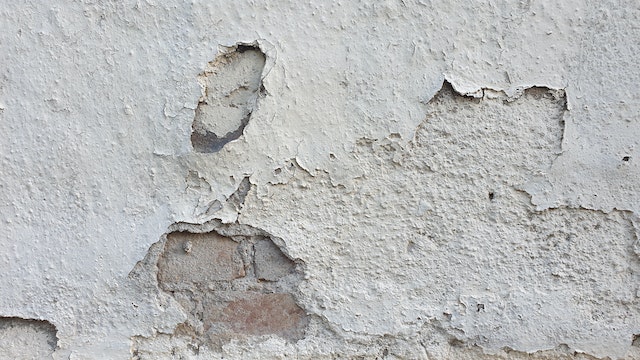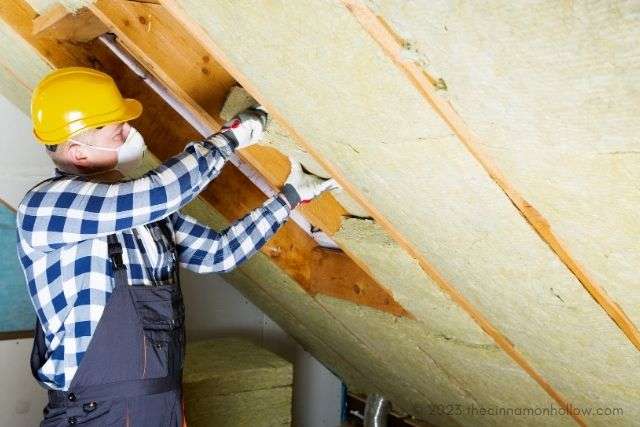Buying a house is a significant investment, and one of the key considerations that often gets overlooked is the issue of dampness. Damp problems can be a serious and costly issue to address, so it’s crucial to be well-informed before making a purchase.

Types of Damp
Understanding the different types of dampness is the first step in dealing with the issue. There are three main types of dampness: rising dampness, penetrating dampness, and condensation.
- Rising Damp: This occurs when groundwater rises through the walls of a building. It can be identified by a characteristic “tide mark” on the lower part of the affected walls.
- Penetrating Damp: This type is caused by water entering the property from the outside, often through leaks in the roof, walls, or windows.
- Condensation: Condensation is the result of excess moisture in the air, leading to damp patches on walls and ceilings. It is common in areas with poor ventilation.
Identifying the specific type of damp is essential because the treatment varies depending on the cause.
Home Inspection
Before finalizing the purchase, it’s crucial to have a thorough home inspection, including a damp survey.
A qualified surveyor can identify existing damp issues and potential problem areas. Look for a professional who specializes in building surveys and has experience with damp problems.
Cost of Repairs
Damp issues can be expensive to rectify, and the cost will depend on the severity and type of damp.
Get quotes from reputable damp-proofing specialists to understand the potential expenses involved. Factor these costs into your budget and negotiations with the seller.
Negotiation
If damp issues are identified during the inspection, use this information to negotiate with the seller.
You may be able to reduce the sale price or request that the necessary repairs be carried out before the sale is finalized. A realistic assessment of the repair costs will strengthen your negotiating position.
Long-Term Solutions
While it’s essential to address existing damp problems, it’s equally important to consider long-term solutions.
Ensure that any repairs conducted are not just cosmetic but also address the root cause of the issue. This may involve improving ventilation, fixing leaks, or installing a damp-proof course.
Insurance Considerations
Damp problems can affect home insurance, and some policies may exclude coverage for certain types of damp-related damage.
Before purchasing a property with damp issues, consult with insurance providers to understand how it might impact your coverage and premiums.
Legal Considerations
In some cases, sellers may be legally obligated to disclose existing damp problems.
Research local laws and regulations to understand your rights and responsibilities in this regard. Failing to disclose known issues could lead to legal complications down the line.
DIY Risks
Attempting to address damp issues as a DIY project can lead to further complications if not done correctly. It’s advisable to hire professionals with experience in damp-proofing to ensure the problem is effectively resolved.
Prevention Measures
Once the damp issues are addressed, take preventive measures to avoid future problems.
This may include regular maintenance, ensuring proper ventilation, and addressing any leaks promptly.
Professional Advice
Consult with professionals throughout the process. From the initial inspection to the repair work, seek advice from qualified surveyors, damp specialists, and other experts in the field.
Environmental Impact
Consider the environmental impact of damp issues in the house. Damp conditions can promote the growth of mold and mildew, which not only poses health risks but can also impact indoor air quality.
Mold spores can trigger respiratory problems and allergies. Before purchasing a house with a history of dampness, assess the extent of mold damage and factor in the potential costs of mold remediation.
Buying a house with damp requires careful consideration and due diligence. By understanding the types of damp, conducting thorough inspections, and seeking professional advice, you can make informed decisions and ensure that any damp issues are effectively addressed before finalizing the purchase.






